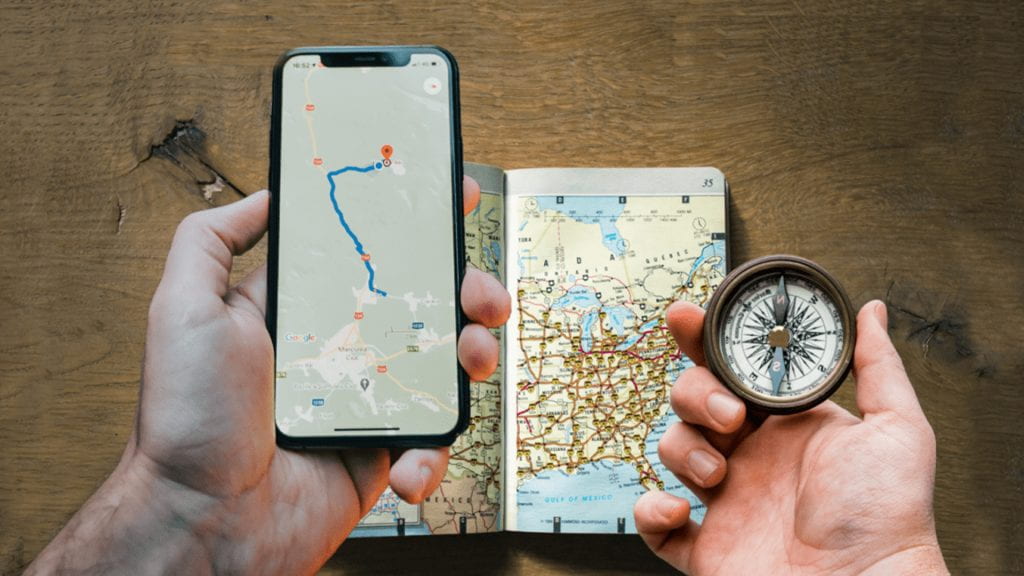Do you remember the emotional shift when GPS navigation began to make paper maps feel like relics? It is a tangible example of how technology has a way of uprooting the familiar and steering us towards new horizons. In this article, we will explore the inevitable shifts technology brings and how embracing these changes—especially as educators—can provide unparalleled benefits to society.
The sentimental journey of paper maps
Remember our cherished Rand McNally travel maps and AAA travel guides? I could rarely fold them back into their original configuration–roads disappearing into worn-out folded creases. They were more than tools; they were keepsakes, each crease and mark signifying a journey, or an adventure taken. Yet the charm of these old maps does not negate the practicality of the modern GPS–a ubiquitous feature in today’s smartphones. Similarly, technology in education and daily life continues to evolve, often for the better, while never erasing the value of what came before.
The early adopters and skeptics
Take, for instance, early GPS technologies like Navteq, Sirius Travel Link, and Garmin Street Pilot. Many viewed these as experimental toys rather than practical tools. This initial skepticism is a familiar sentiment, one that often greets emerging technologies like Artificial Intelligence.
More than a pocket convenience
What about other ‘obsolete’ items like good old address books, calculators, and wind-up alarm clocks? Have they become truly obsolete or have smartphones just made life easier? This is not about technology replacing our humanity; it is about enhancing human capabilities and simplifying life, allowing us to focus on what truly matters.
The AI conundrum: technology and humanity
And so, we come to artificial intelligence, exemplified by platforms like ChatGPT, Google Bard, and Microsoft Bing Chat. For those who remember rotary phones and a world without the internet, innovative technology can sometimes feel overwhelming. However, rather than replacing human qualities, AI can augment them. While technology can suggest routes, only humans can decide the worth of the journey.
The educator’s role: more than just navigation
As educators, our role mirrors that of a GPS system, providing ‘turn-by-turn’ guidance to our students. Yet, we also advocate for the scenic route, the detours, and the adventures that algorithms might not predict. For instance, while a direct route from San Marcos to Denton is faster, a leisurely drive on Hwy 281 offers a unique Texan experience, from the Blue Bonnet Café to the quarry that provided the pink granite for our state capitol.
Why perspective matters
We humans inject value and color into experiences. AI tools like ChatGPT can offer calculated efficiencies but cannot determine if you would value a slice of pie over saving five minutes on your journey. This underlines the importance of human perspective in an increasingly automated world.
Navigating change
In the same way that I appreciate both my old maps and new apps, we should strive to find a balance between tradition and innovation. We can measure the success of a journey not just by its speed, but by the number of times we are delighted to hear our GPS say, “Recalculating route.”
As educators, we have a unique role in navigating these technological shifts. We can steer our students toward understanding not just the ‘where’ but also the ‘why,’ empowering them to make informed decisions in a rapidly evolving world.
Kevin Huffaker serves as Director of the IT Assistance Center Customer Engagement Department at Texas State University.


